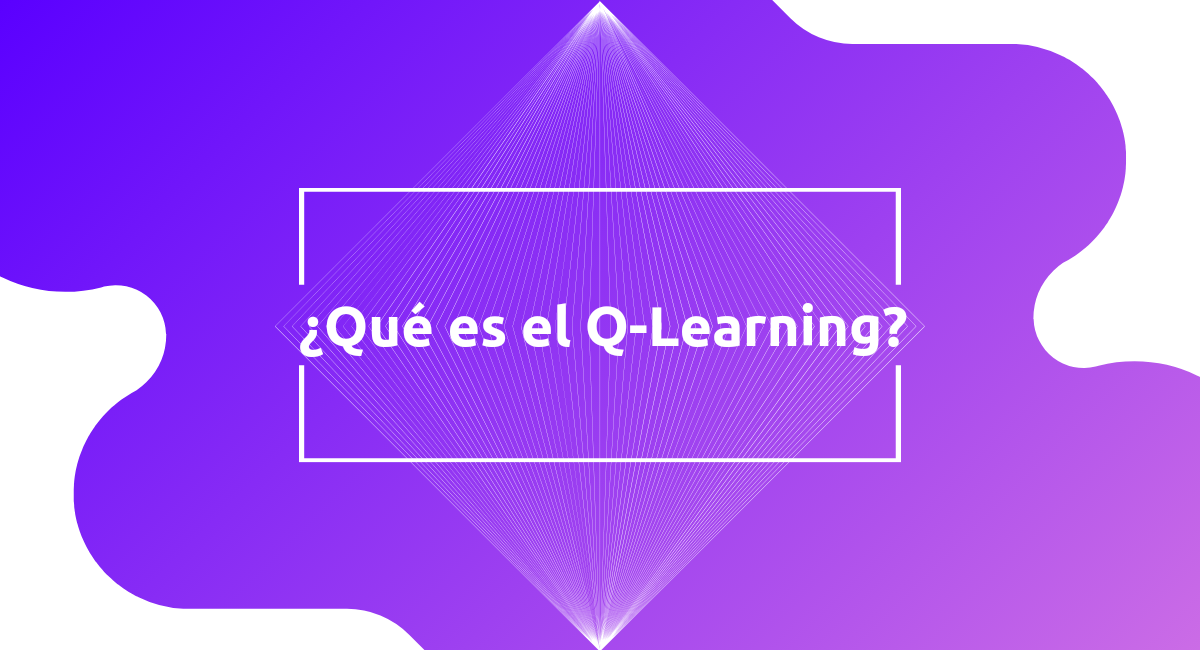Q-Learning
1. What’s Q-Learning?
Q-learning is a reinforcement learning algorithm that teaches an agent to make sequential decisions in an unknown environment. The agent learns associations between states and actions in the so-called Q-table, the algorithm iterates over this table, associating positive actions as rewards and negative actions as penalties, so the agent optimizes its choices to maximize rewards throughout the process. time.
2. What’s the Q-Learning function?
Q-learning is essential for solving problems in which an agent interacts with a dynamic environment and must learn to make optimal decisions over time. Its application ranges from robotics to artificial intelligence. In robotics, Q-learning allows a robot to learn to navigate and perform complex tasks by adjusting its actions based on positive or negative evaluation of past navigation experiences.
An example of a common application is games, such as chess or video games, where the agent learns to make strategic decisions to maximize rewards. Furthermore, another example used although not as well known is its use in the optimization of traffic management systems, such as the optimization of commercial routes and process control in industrial machinery. Therefore, Q-learning stands out for its ability to train agents in adaptive decision-making in dynamic environments, making it a valuable tool in various technological applications.
3. Examples of q-learning in projects.
- Optimization of robot actions.
- Improvement in automated systems.
- Potential improvement of LLM models.
- Optimization of industrial processes.
- Improving AI in video games.
- Task automation.
- Improved navigation in autonomous vehicles.
Do you need to develop a Q Learning model in your project?
We can help you develop it! We are specialists in the development on data and AI based projects.


